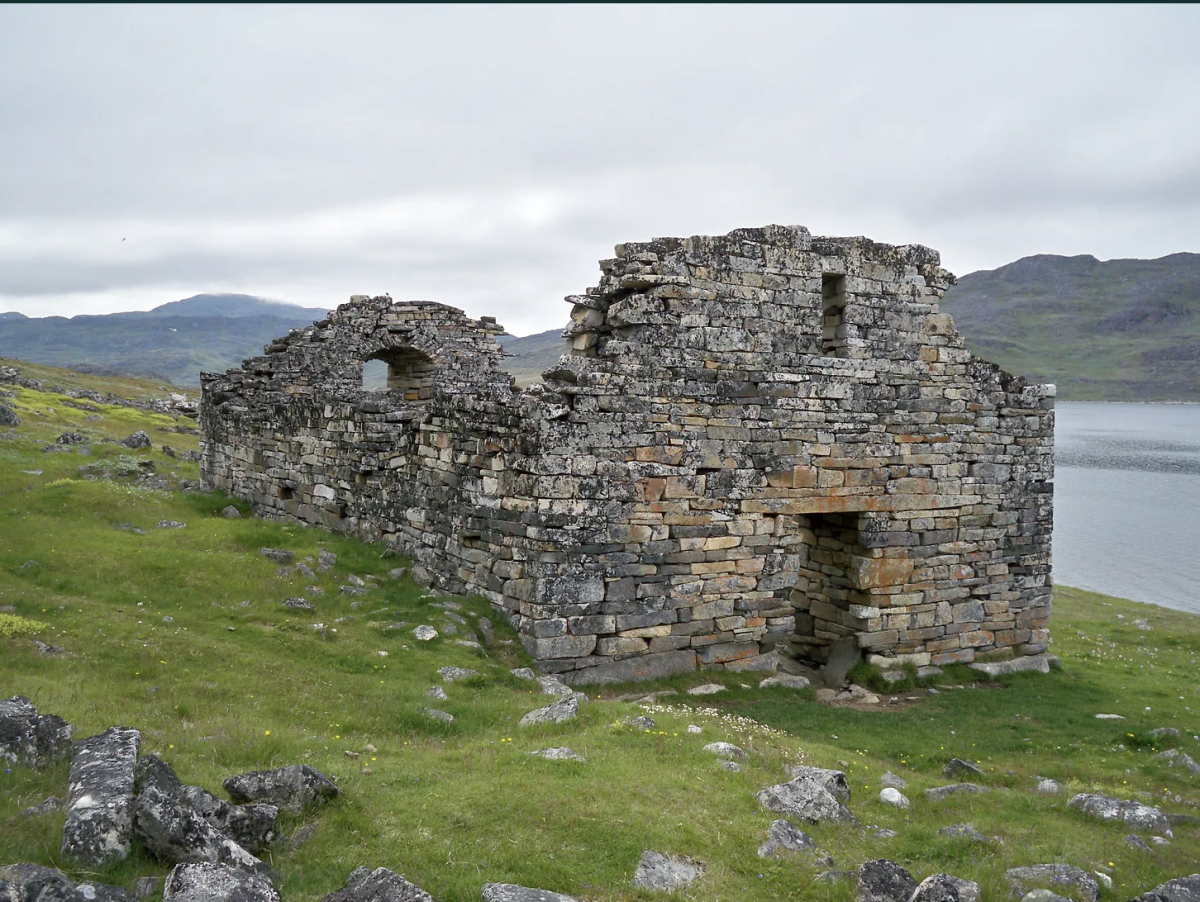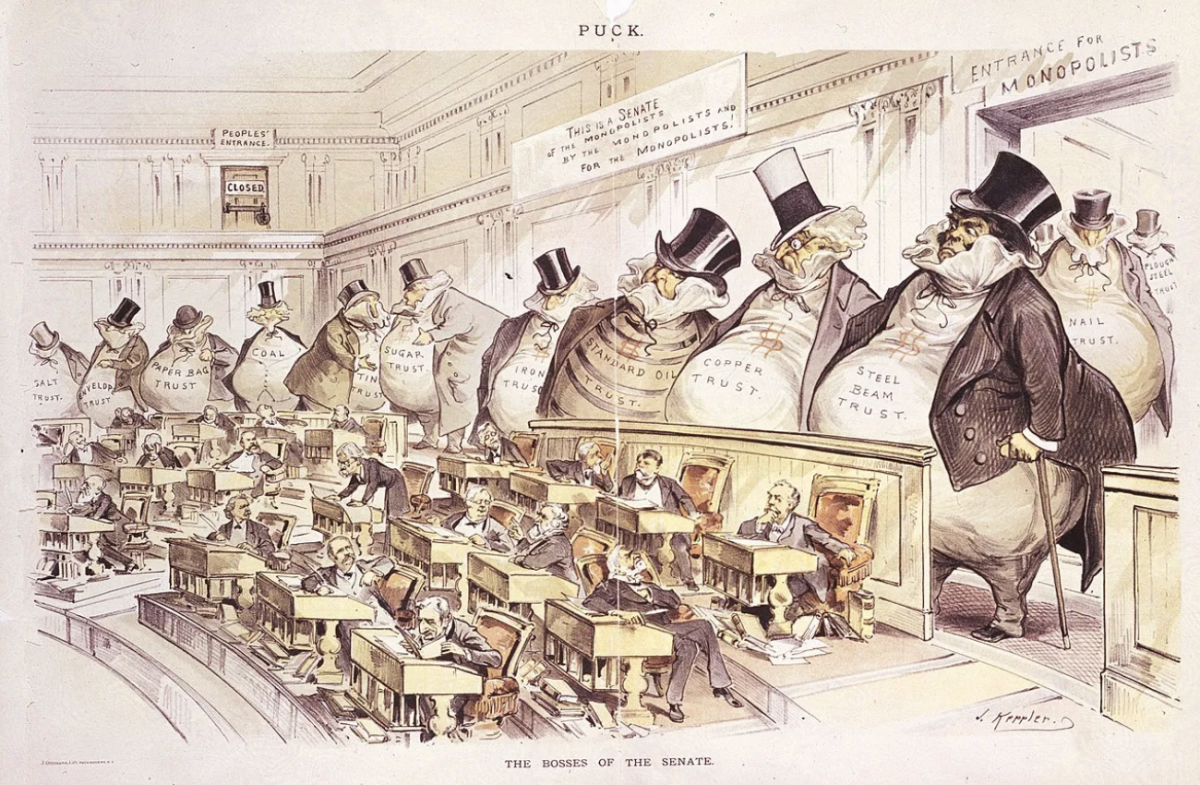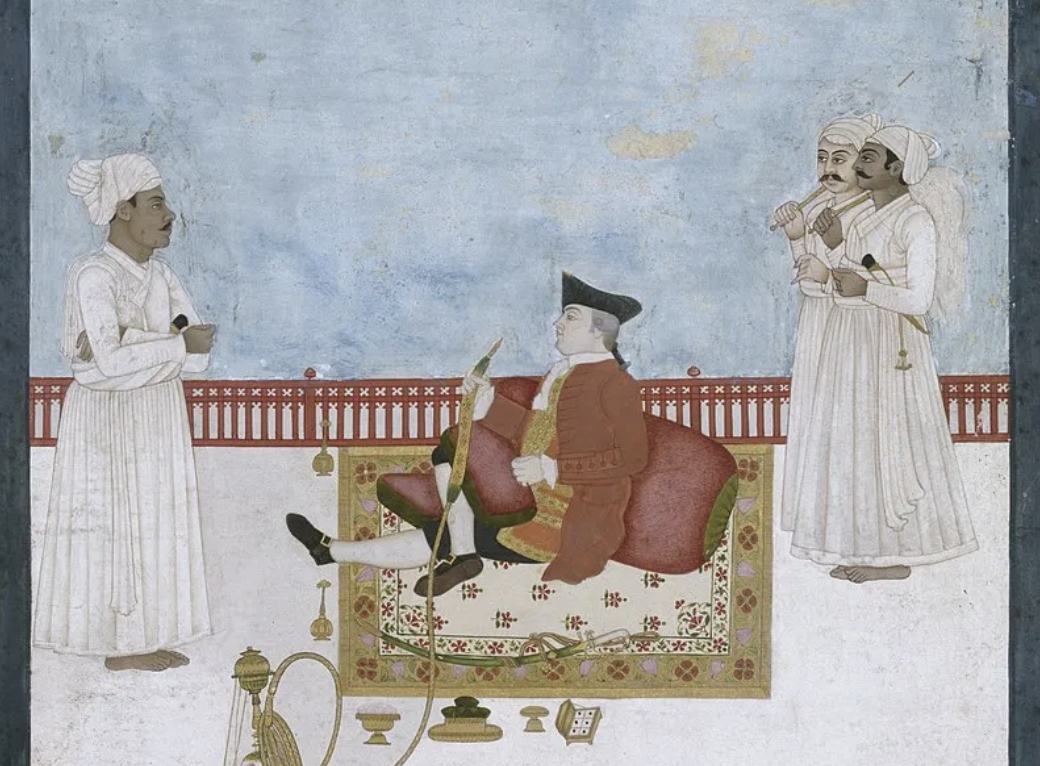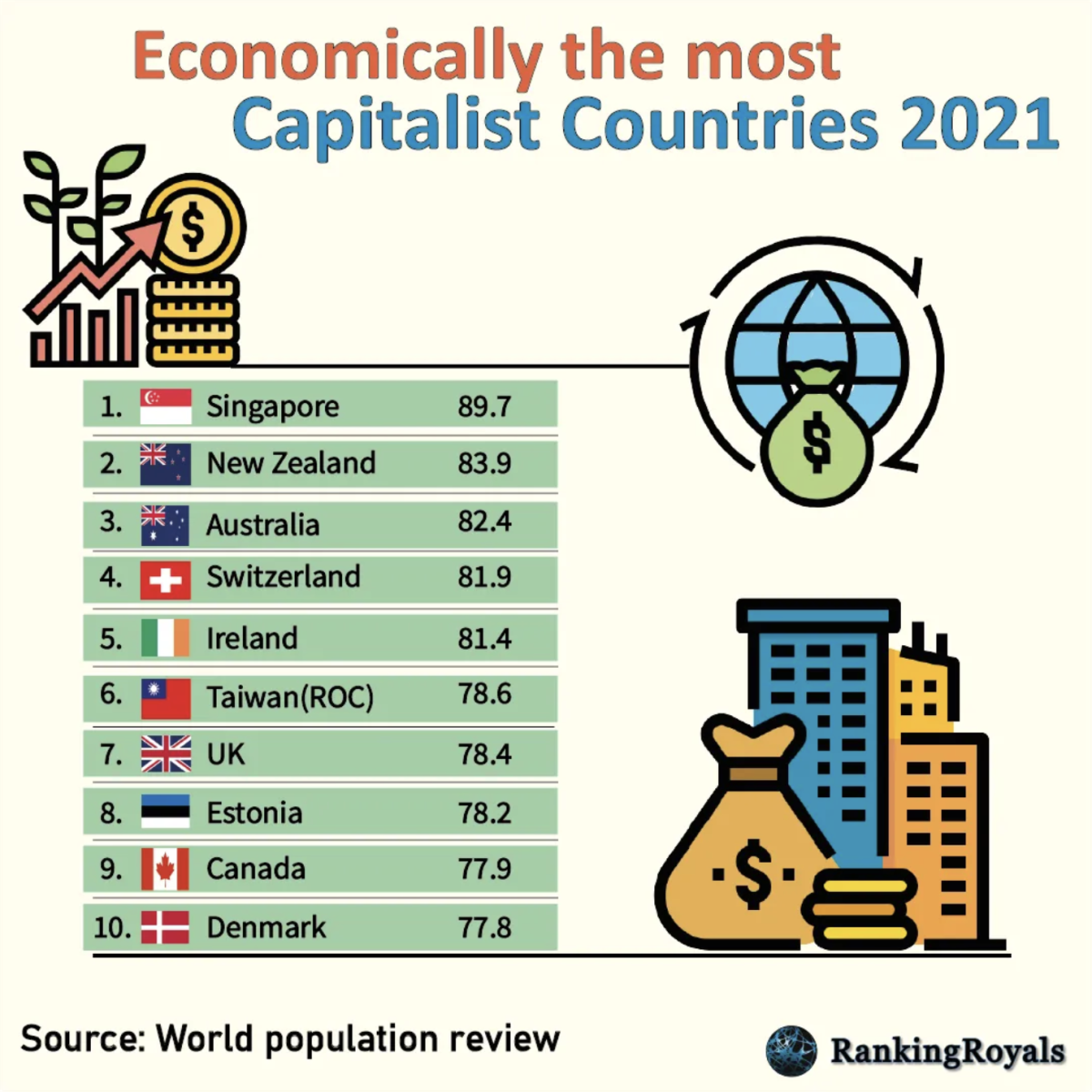Greenland is the world’s largest island, a large northern archipelago in North America. Today an autonomous part of the Kingdom of Denmark, the archipelago has had a long, rich history. Jointly settled by the Norse (and later Scandinavians), Inuit, and other Arctic Peoples, the island has been home to many cultures and traditions throughout the centuries. Today, we take a look at a small part of this, in the form of the economy of the Norsemen’s Greenland.
Specifically, let’s take a look at:
- How did it become settled?
- How did it thrive?
- How did it fall?
The Norse Settlement of Greenland
Greenland was first discovered by Europeans around the year 900 by Gunnbjörn Ulfsson, a Norwegian settler in Iceland who’s ship reared off course, likely to the Southern Coast of Greenland.
It was not until 982 that Erik the Red, another icelandic, exiled by the Althing for murder sailed to Gunnbjörn’s land with a few outlaws. Returning to Iceland, he attracted 700 settlers to sail with him to set up a colony in this “Green Land“, promising lush pastures of the “Medieval Warm Period”.
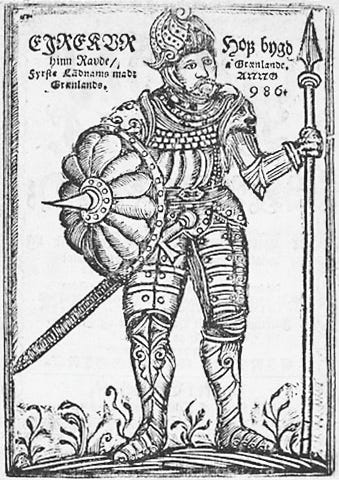
The group had departed with 25 ships, though only 14 arrived in Greenland. The settlers built farms near the Fjord, now named the Eriksfjord. This was the beginning of the settlement of Greenland.
The Eastern Settlement
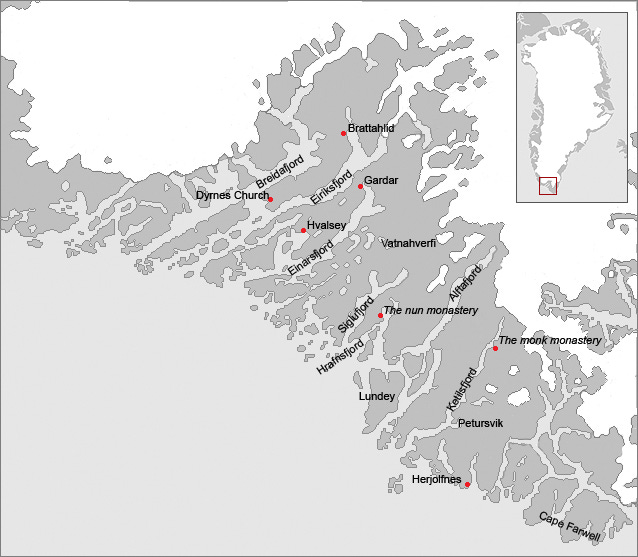
The Eastern Settlement was the larger of the two Norse Settlements in Greenland, at its peak with around 4000 inhabitants. 500 ruins of farms and 16 church ruins were found within the area. Pastoral land was centred around Vatnahverfi, holding 10% of all known farming sites of the settlement.
The last written record of the settlement was of a wedding in the Hvalsey church in the year 1408. This places the end of the colony around 50 years to a century later than its smaller Western counterpart.
The Western Settlement
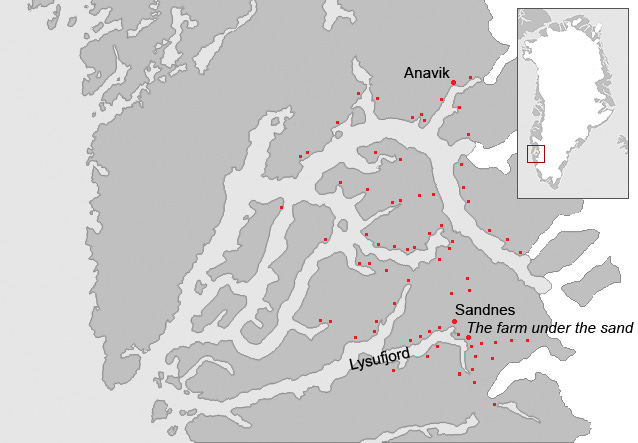
The Western Settlement was the smaller of the two Norse settlements in Greenland. At its peak, it had roughly 1000 inhabitants, much smaller than its Eastern counterpart due to a shorter growing season. Ruins of 95 farms have been found in the area. The last mention of the settlement was in 1341, describing its demise, by Ivar Bardsson, a Norwegian sent to the settlement to serve as a member of the clergy.
The Western Settlement’s decline correlates with the decrease in temperatures known as the Little Ice Age. Studies have shown that during this “Little Ice Age“, the lowest winter temperatures of the last 2000 years occured.
There is a general lack of literature regarding the Western Settlement, at least in medieval sources, which makes for a difficult determination of its lifetime.
An economic overview
The economy of Norse Greenland was dependent on livestock farming. This included sheep, goats, pigs, horses and cattle (imported from other Norse lands). The Greenlandic Norse adapted their practices of farming in Norway and Iceland, producing a Greenlandic variety which included more interaction with the aquafauna, mainly hunting seals.
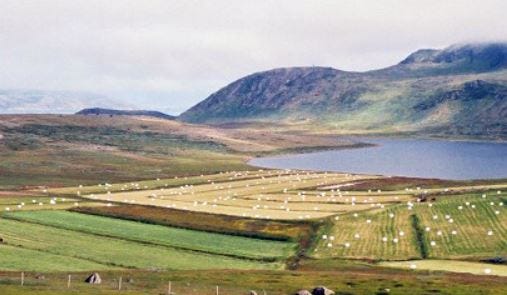
The deteriorating conditions of the Little Ice Age lead to the Norse moving much of their farming towards farming fodder for keeping animals alive. Evidence suggests that this also lead to an increasing role of fishing, which rose from 20% of the diet of the first settlers to making up 50-80% of the diet by the 14th Century.
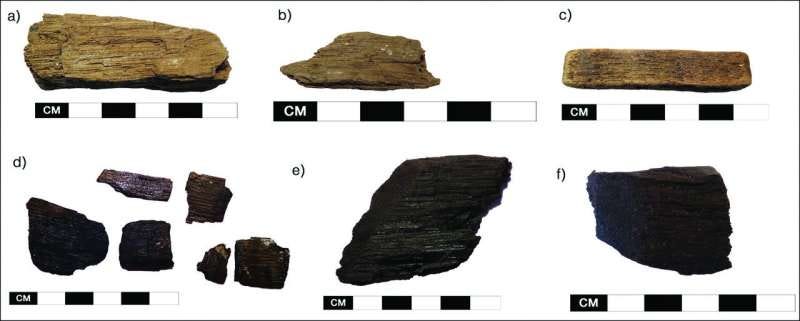
Woodcutting was another important part of the Greenlandic economy. The Norse depended on wood for housing, boats, utensils, tools and fuels. Due to the northern latitude and short summers of Greenland, local wood has been relatively limited to low growing trees and shrubs. There is therefore evidence that wood was imported along with native wood, with evidence of the use of driftwood. It is said that higher status Norse Greenlanders had access to part of the infrequent imports from Europe and North America. However, high proportions of driftwood were employed in general usage, suggesting an overall self-sufficiency in terms of wood resources for the Norse, with the use of driftwood as this source of self-sufficiency.
In numbers, only 0.27% of all wood examined were confirmed imports, with another 25% being imports or driftwood. Hemlock and Jack pine were not present in Northern Europe, suggesting imports from North America. This is confirmed by evidence from Sagas (essentially recorded evidence in the form of stories), which recorded that many Norsemen travelled to the Norse colony of Vinland (nowadays Newfoundland, Canada) on the Northeastern coast of America to procure wood for Greenland.
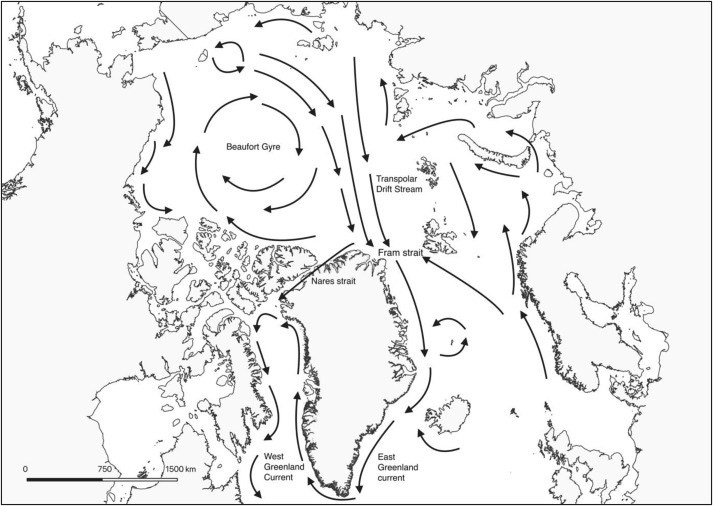
The Ivory Trade – Greenlandic Ivory Merchants
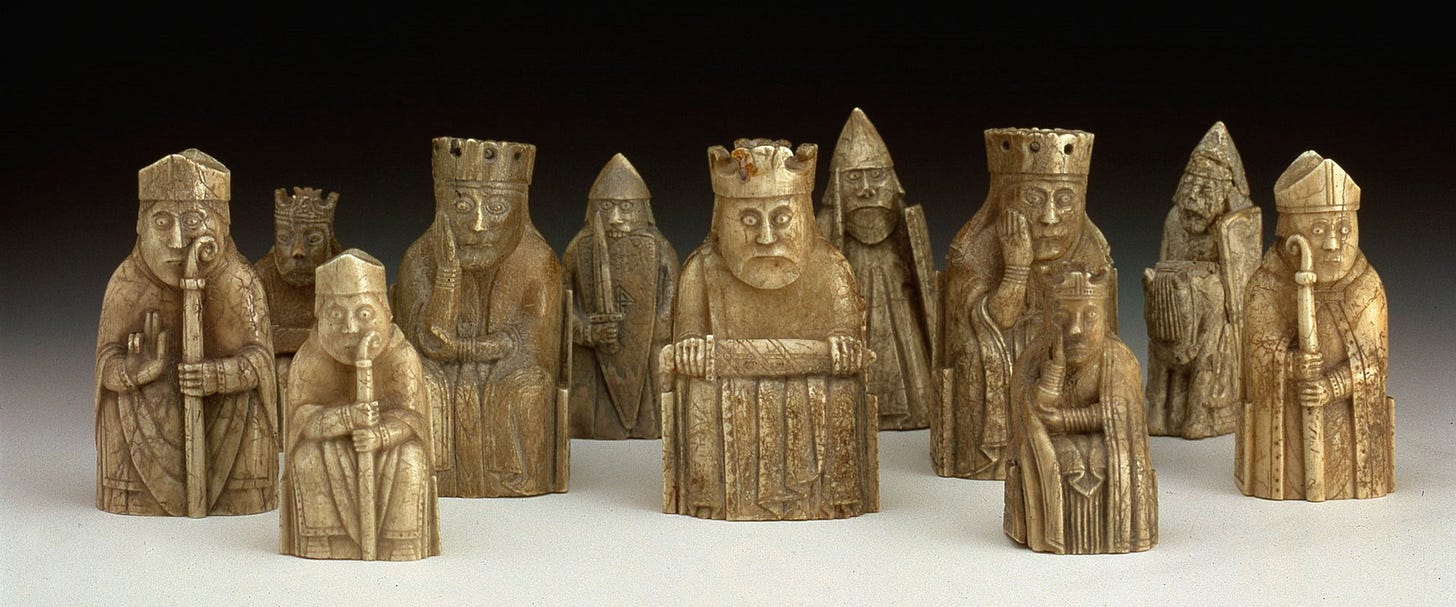
The ivory trade boomed in the middle ages. Popular and valuable for use in art, ivory was a material keenly imported to Europe. The source of this ivory ranged from Elephants, imported from Asia to those from Walrus, imported from Northern Europe and Greenland.
This brings us to our key focus, the economy of the Norsemen’s Greenland. Research has shown that a majority of walrus ivory came from Greenland, with ivory trading nodes based on Dublin (Ire.), Trondheim (Nor.) and Schleswig (Ger.). The trade of ivory in Greenland is believed to have begun as a result of a depletion of Walrus populations in Iceland, previously hunted heavily by the Norse.
The result of this increased level of hunting of Walrus in Greenland has lead to many interesting changes. Firstly, as this hunt continued throughout the 500 years of the colony, the DNA and evidence of walrus tusk containing objects showed smaller walrus as the time passed. This change is another piece of evidence researchers are attempting to evaluate as evidence for the depletion of Walrus populations, leading to a movement of the hunting grounds North (as evidence shows, up to Ellesmere Island in Nunavut, Canada!) to maintain the flow of ivory as Southern hunting grounds became depleted.
Norse Greenland had become dependent on Europe for Timber and Iron, while Europe relied on it for its ivory. This circular trading structure would last for centuries, though a problem would arise for the Norse. The issue was that substitutes were becoming more common. In the early medieval ages, when walrus ivory was one of the few sources for ivory, the Norse were able to get rich selling these tusks to Europe. However, as the years passed, elephant imports were increasingly common and elephant tusks entered the market. It is believed that the arrival of more elephant tusks lead to the most intensive of the hunting for Walrus, as cheaper prices lead to greater levels of hunting to maintain economic competitiveness for Greenland, and making sure the flow of timber and iron continued to the colony.
Furthermore, sources have displayed that the Inuit, who occupied Northern Greenland and Canada, had a liking towards ivory of female walruses. The change in the gender and size of walrus tusks in artifacts as explained above are also argued by historians to suggest the hypothesis that the Norse became reliant on trade with the Inuit for ivory to ship to Europe as well.
Extinction
“now the Skraeling have [destroyed] the whole of the Western Settlement. There are only horses, goats, cattle, and sheep all wild, but no inhabitants, neither Christian nor Heathen.” – Ivar Bardarson to the Bishop of Bergen
*Skraeling is a Norse word referring to the indigenous Thule people of Greenland
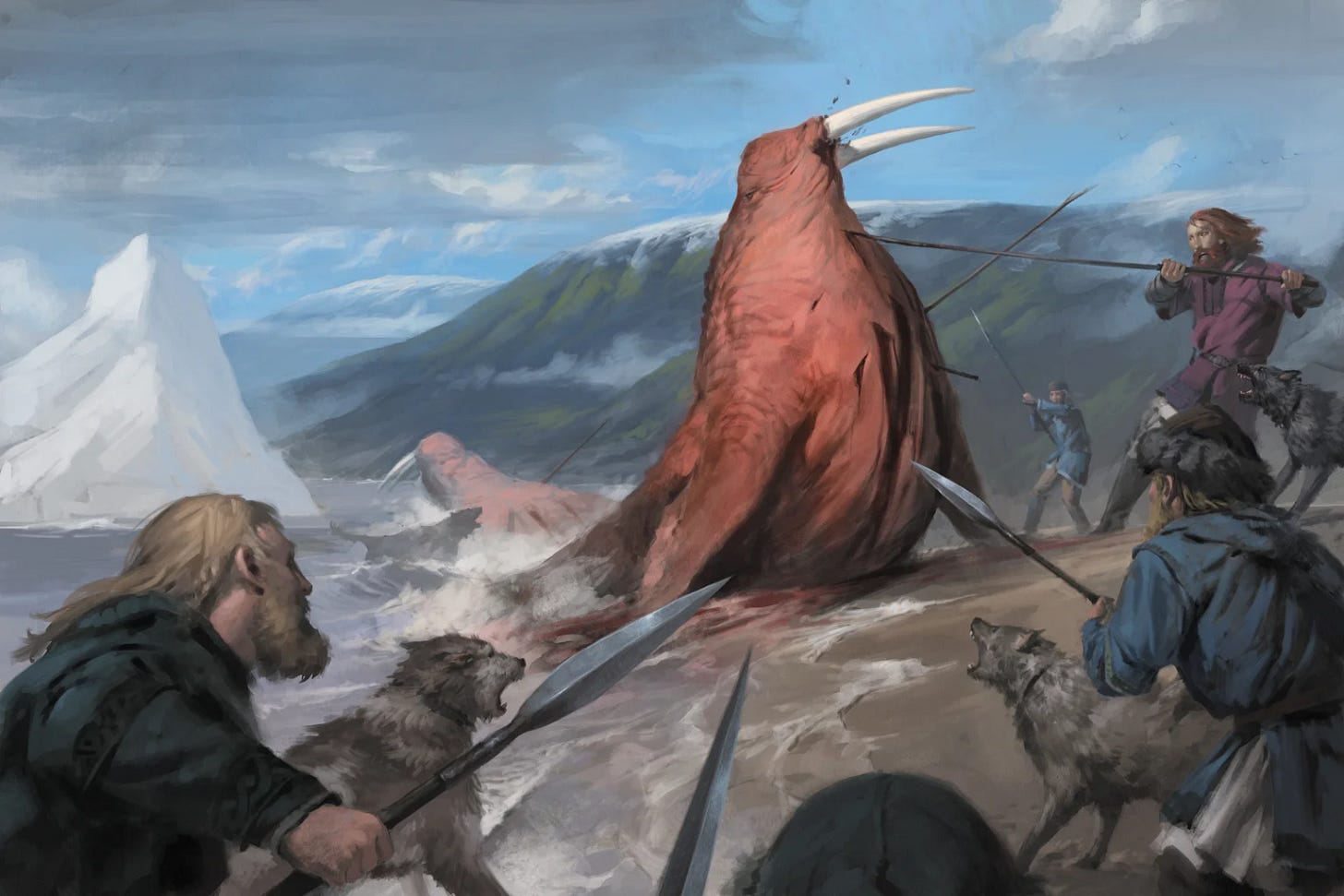
The prosperity of the colony would not last forever. As we see from the testimonial of Bardarson, the Western settlement was the first to collapse, and at the latest, a century later, the East would fall.
There are many arguments as to why the Greenlanders had failed to produce a permanent colony. One argument is that as the volume of ivory trade fell (for reasons mentioned above), the Norse were simply unable to maintain the level of trade needed to supply all the necessities needed for continuing the isolated colony. The Western Settlement, more isolated from Europe and smaller fell first to this pressure, and followed by the larger and less isolated East.
Other theories and legends suggest a conflict with the natives of Northern Greenland who had apparently raided Norse settlements, and outcompeted them. A final key theory was due to changes in climate, as a result of the Little Ice Age, which made crops and farming unsustainable, leading to starvation and a retreat from Greenland.
Conclusion:
So what can we conclude from the Rise and Fall of the Norse in Greenland? A lot of things. While the circumstances for the rise and settlement of the Norse is generally agreed upon, the causes for the collapse of the colonies are still subject to debate and investigation. Nonetheless, we can identify that the Norse have certainly left a mark, both physically and otherwise on the World’s largest island. Today, the Inuit and Danes live in peace within a shared Greenland, an arrangement that will likely last on into the future.
Sources:
- https://www.heritagedaily.com/2020/01/the-boom-and-bust-economy-of-the-greenland-norse-walrus-ivory-trade/125544
- https://en.wikipedia.org/wiki/Norse_settlements_in_Greenland#
- https://en.wikipedia.org/wiki/Norse_settlements_in_Greenland#Eastern_Settlement
- https://en.wikipedia.org/wiki/Greenland#
- https://www.britannica.com/place/Greenland
- https://www.britannica.com/place/Greenland/People
- https://www.discovermagazine.com/planet-earth/from-vikings-to-ivory-merchants-the-economy-of-greenlands-lost-colonies
- https://www.greenlandbytopas.com/erik-the-reds-land-the-norse-in-south-greenland/
- https://www.york.ac.uk/teaching/history/pjpg/Greenland.pdf
- https://web.archive.org/web/20120507031120/http://www.mnh.si.edu/vikings/voyage/subset/greenland/history.html
- https://www.sciencedirect.com/science/article/abs/pii/S0305440321001394
- https://phys.org/news/2023-04-norse-greenlanders-imported-timber-north.html
- https://en.wikipedia.org/wiki/Vatnahverfi
- https://web.archive.org/web/20150907061044/http://www.yale.edu/ycei/arcticworkshop/background-reading/Dugmore_et_al-Norse_Greenland_Settlement.pdf
- https://dictionary.cambridge.org/dictionary/english/saga
- https://www.liverpoolmuseums.org.uk/stories/medieval-and-renaissance-ivories
- https://www.nms.ac.uk/explore-our-collections/stories/scottish-history-and-archaeology/lewis-chess-pieces/
- http://www.kujataa.gl/en-gb/Agriculture-in-Greenland#:~:text=After%20125%20years%2C%20mainly%20with,being%20hunters%20and%20became%20farmers.
- https://www.cam.ac.uk/stories/norsewalrus
- https://www.google.com/maps/place/Ellesmere+Island/@78.9344144,-96.8643669,4z/data=!3m1!4b1!4m6!3m5!1s0x4fd281aa04efd179:0x23285f1a8ce2b5ed!8m2!3d80.7503903!4d-72.6651902!16zL20vMGhmbmw?entry=ttu
- https://www.scientificamerican.com/article/whatever-happened-to-the-greenland-vikings/
- https://en.wikipedia.org/wiki/History_of_Greenland


